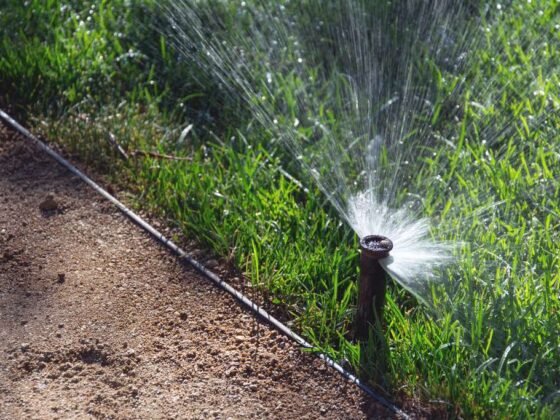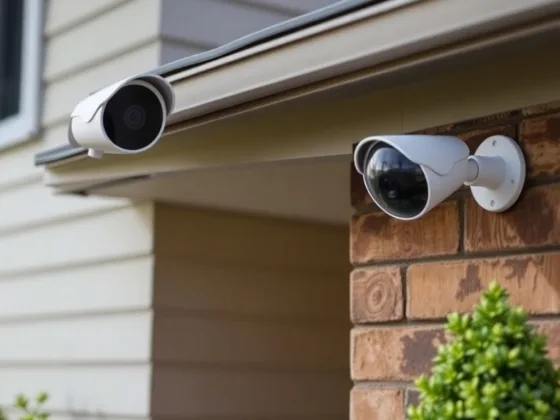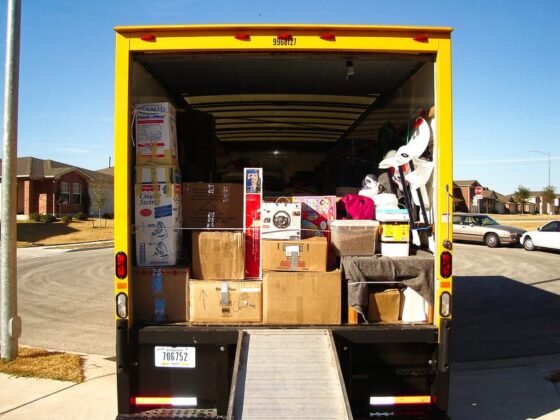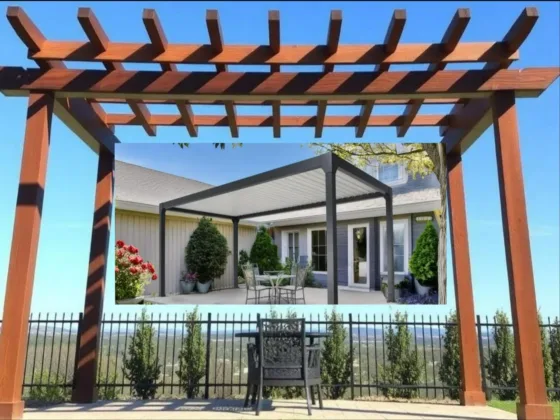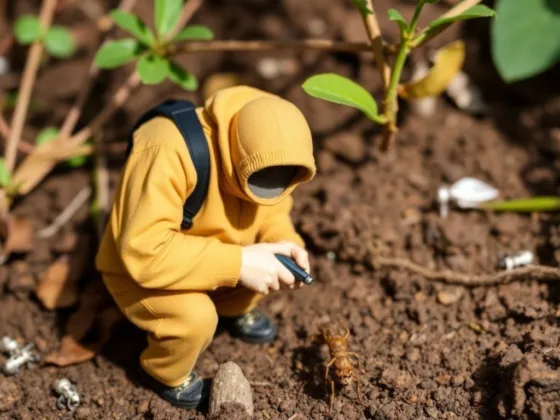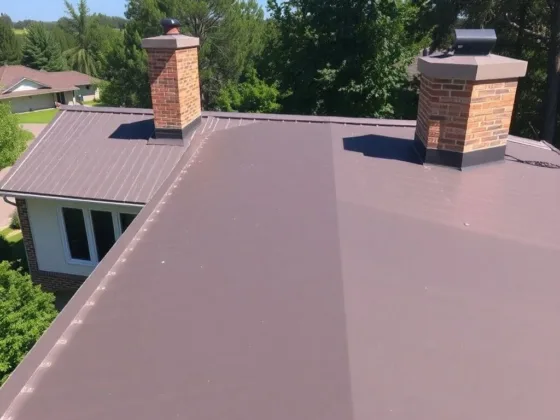Those who have bought an existing home, or those who have lived in their home for quite a long time may be wondering when their insulation should be replaced.
It’s a great question, but not one that is simple to answer as many factors affect the lifespan of insulation.
However, if your insulation is more than 15 years old, we recommend inspecting it to see if it’s time for a replacement.
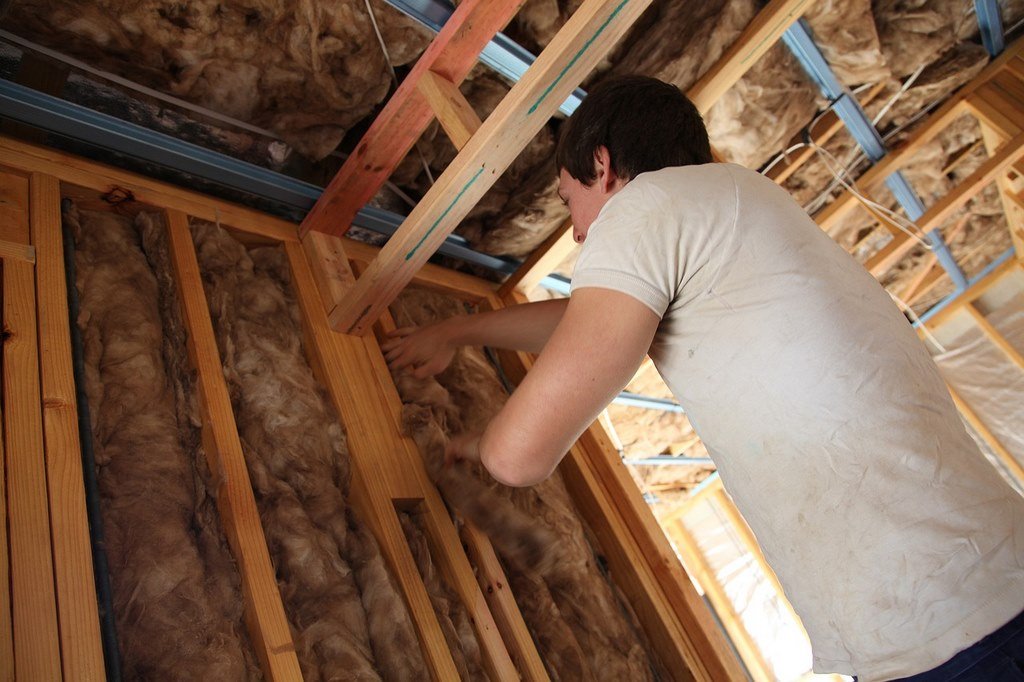
Read Also:
Factors that Affect the Lifespan of Insulation
There are many factors that could reduce the lifespan of insulation over time. These include:
- Movement of insulation – If insulation was not secured properly during installation and moves, it could create gaps that significantly reduce the effectiveness of your insulation.
- Moisture damage – Water leaks, storm damage or excess condensation can have a detrimental effect on insulation.
If bulk insulation gets wet, the millions of air particles can be compressed, making them ineffective at reducing heat flow.
- Mould growth – Water damage can also lead to mould growth which is not only bad for the insulation but also poses a health risk for your home.
- Dirt and dust – If insulation gets too dirty or dusty it could compromise its effectiveness.
This is true especially for reflective insulation which requires the thin foil layer to be clean in order to reflect radiant heat away from your home.
- Infestation – Rats, mice or other creatures in your ceiling can cause significant damage to your insulation.
- Old age – As with any object, insulation becomes less effective as it ages, due to natural wear and breakdown.
How do You Know When You Need New Insulation?
If you are experiencing any of the following, it could be time to replace your insulation. We recommend that you consult a specialist to make an assessment.
- High energy bills – When insulation is less effective, you’ll probably turn more frequently to artificial means of heating and cooling which will be reflected in your power bill.
- Fluctuating indoor temperatures – Effective insulation helps keep your home cooler in summer and warmer in winter.
So, if your insulation isn’t working effectively, the inside of your home could heat up or get cold easily depending on the outdoor temperature.
- Difficulty heating or cooling indoors – If your air conditioner or heater is working hard, but not making much of a difference to indoor temperatures, chances are your insulation is not working properly.
- The touch test – If your floor or walls feel very cold or way too hot to touch, it could be due to a problem with your insulation.
Can I Put New Insulation on Top of Old?
In some circumstances, it might be possible to top up old insulation instead of replacing it completely.
However, if insulation is damaged or mouldy it should be cleared out completely before installing new insulation.
Some great options for topping up or replacing your existing insulation are Earthwool Insulation, glass wool and polyester batts.
These products are easy to handle and great for DIY projects, especially Earthwool Insulation which is soft to touch and provides excellent thermal properties for residential and commercial buildings.


